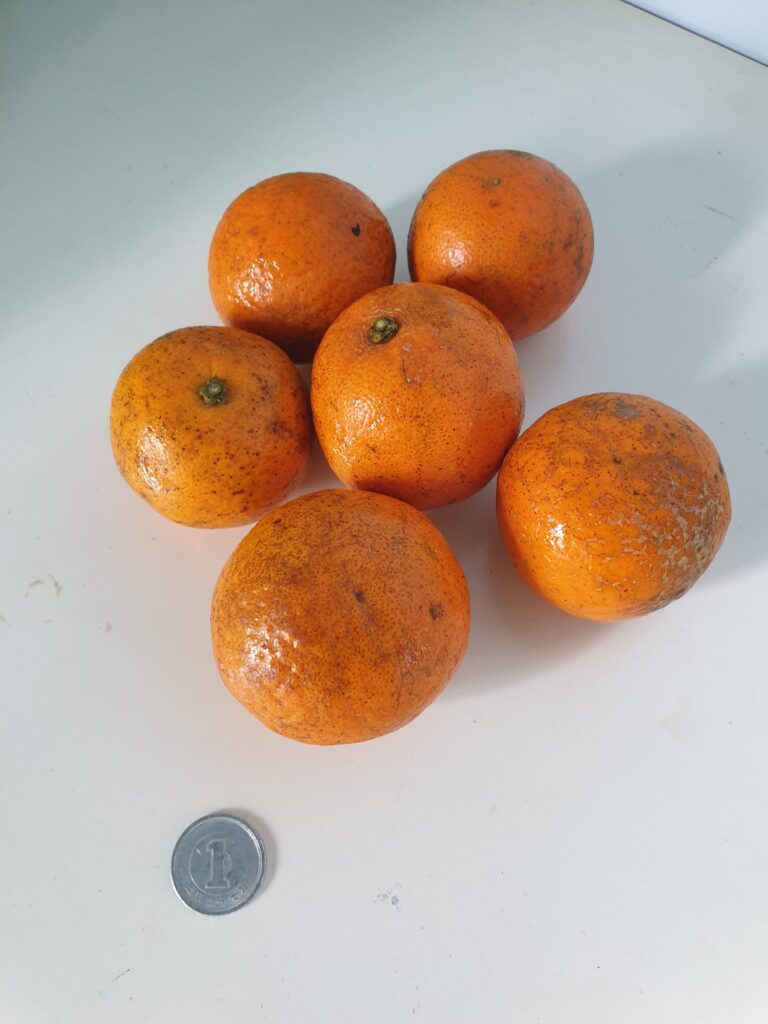Citrus taxonomy is evolving thanks to new information from genetic studies on citrus phylogeny and diversity. The whole problem of citrus species diversity is much more complex than previously thought. Citrus trees are native to a vast region encompassing Asia (from India to northern China) and Oceania (Queensland, Australia). The high phenotypic and genetic variability of citrus taxa reflects a long history of cultivation in which many mutations and natural hybridisations have given rise to a great diversity of species. In these pages I will discuss each species and its hybrids in turn.
Tangerines/Mandarins
Mandarin citrus is a diverse group of East Asian citrus fruits with small and usually easily peelable fruits. The origin and distribution of cultivated and wild mandarins and related citrus are poorly known. Mandarins are thought to have originated in East Asia (China and Japan) from at least three wild species that interbred with each other, either naturally or with the help of man. Many species have also hybridised with pomelos.
C. depressa – Japan (Okinawa)
C, keraji – Japan (Okinawa)
C. nobilis – Indochina (Vietnam)
C. oto – Japan (Okinawa)
C. reticulata – China (Nanling)
C. ryukyuensis – Japan (Okinawa)
C. tachibana – Japan (Okinawa)
C. tarogayo – Japan (Okinawa)
C. unshiu – Japan (Kagoshima)
C. yanbaruensis – Japan (Okinawa)

Oranges
Oranges are generally hybrids between mandarins and pomelos. The orange is believed to have originated in northeastern India and neighbouring southwestern parts of China. Its cultivation has slowly spread mainly to the west. Bitter oranges were among the first to be appear, and further backcrossing with mandarins produced sweet hybrids.
C. rokugatsu – Japan (Amami)
C. tankan – China (Guangdong)

